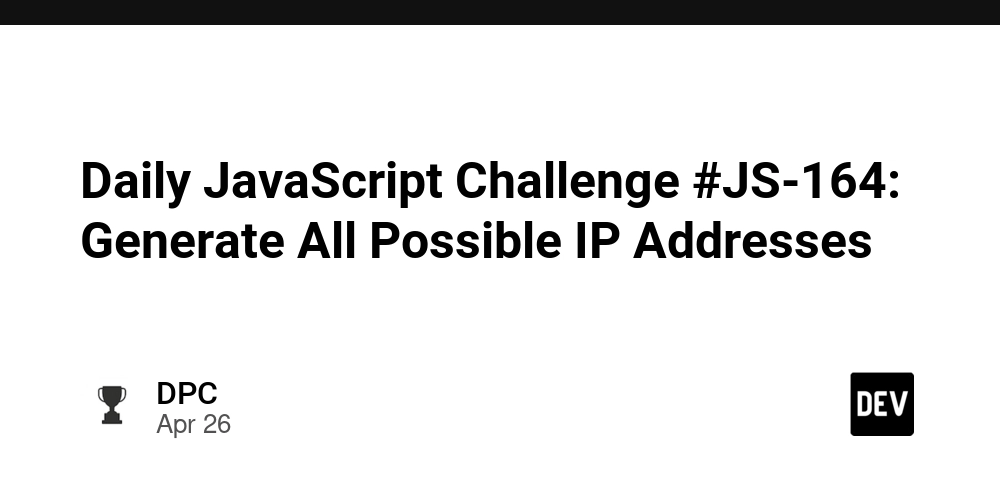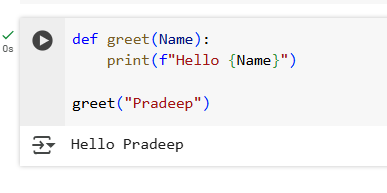Funding Open Source Innovation: Empowering Sustainable Maintenance and Development
Abstract In this post, we explore the evolving landscape of open source funding, with a focus on sustainable maintenance and developer support. We delve into historical perspectives, core models such as corporate sponsorship, crowdfunding, and tokenization, and examine practical examples from blockchain and NFT ecosystems. Using clear examples, tables, and bullet lists, we discuss technical benefits, real-world challenges, and the future outlook for open source funding. This article synthesizes ideas from the original article on open source funding for maintenance and funding open source contributors, while integrating insights from authoritative sources and community posts. Introduction Open source software is the backbone of modern technology—from powering blockchain innovations to supporting NFT platforms. However, as open source projects become critical to our digital ecosystem, funding models must evolve to ensure sustainability. Today’s innovation hinges not only on brilliant code but also on robust funding systems. In this post, we will break down how funding models like corporate sponsorship, crowdfunding, and even tokenized funding contribute to open source growth. We also discuss strategies for overcoming challenges faced by developers and maintainers. By integrating insights from articles such as open source funding for new developers and industry commentary on cryptocurrency and blockchain technology, this post explains how sustainable funding can empower open source communities while promoting innovation and security. Background and Context Open source software dates back decades to initiatives like Linux, Apache, and Mozilla, where code was freely shared to spark innovation. Today, however, projects face increasing costs in maintenance, security audits, and adaptation to evolving technologies. Historically, many contributors have volunteered their time, but as projects become essential components in corporate and government infrastructures, the need for reliable funding has grown. Key aspects include: Digital Infrastructure Evolution: From online security to decentralized applications, modern software relies on open source for flexibility and transparency. Volunteer Limitations: Relying solely on volunteer contributions can lead to burnout and lapses in maintenance. Integration with Modern Technologies: The rise of blockchain and NFT technologies demands new forms of secure, transparent, and scalable funding, as seen with projects leveraging tokenization and smart contracts for automated flows of funds. Governments, academic institutions, and major tech companies like Microsoft and Google have recognized the importance of financial support. Funding models have evolved to include corporate sponsorships, grants (e.g., Mozilla's Open Source Support Program), and community-driven donations through platforms like GitHub Sponsors and Open Collective. Core Concepts and Features Sustainable open source funding builds on several core principles that secure not only financial stability but also transparency and community trust. Below are some key features: Key Funding Models Below is a table that summarizes the primary funding models used in the open source ecosystem: Funding Model Key Features Advantages Challenges Corporate Sponsorship Direct financial support, tiered sponsorship models, industry collaboration Stable income, enhanced security and industry ties Balancing corporate influence with open community ethos Crowdfunding & Donations Community contributions via platforms such as GitHub Sponsors and Patreon Democratizes funding, builds grassroots engagement Income variability and scale limitations Grants & Foundations Targeted funding from governments and organizations like Mozilla Legitimacy, high-impact support Competitive applications and potential bias towards established projects Service-Based Revenue Offering consulting, enterprise solutions alongside free open source models Dual revenue streams, encourages professional support Increased complexity in licensing and project management Tokenization & Blockchain Using blockchain, smart contracts, and NFTs to enable micro-funding and transparency Automated, secure funding with transparent ledgers Requires advanced technical skills and robust audit systems Core Features of Sustainable Models Fundamental attributes include: Transparency: Open, auditable records ensure trust between maintainers, sponsors, and the community. Scalability: Funding models must grow alongside project demands, using diverse revenue streams to address long-term maintenance needs. Community-Driven Governance: Involving contributors in decision-making helps prioritize funding against pressing needs. Tokenization: Integrating blockchain technology and NFT structures allows for secure and automated distributions of funds, as explored in the Zora NFT Collection and Upland
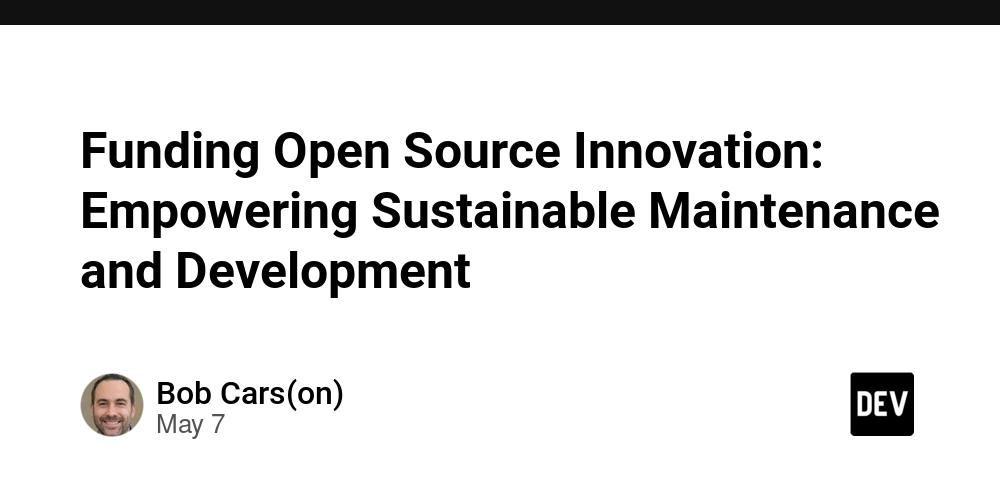
Abstract
In this post, we explore the evolving landscape of open source funding, with a focus on sustainable maintenance and developer support. We delve into historical perspectives, core models such as corporate sponsorship, crowdfunding, and tokenization, and examine practical examples from blockchain and NFT ecosystems. Using clear examples, tables, and bullet lists, we discuss technical benefits, real-world challenges, and the future outlook for open source funding. This article synthesizes ideas from the original article on open source funding for maintenance and funding open source contributors, while integrating insights from authoritative sources and community posts.
Introduction
Open source software is the backbone of modern technology—from powering blockchain innovations to supporting NFT platforms. However, as open source projects become critical to our digital ecosystem, funding models must evolve to ensure sustainability. Today’s innovation hinges not only on brilliant code but also on robust funding systems. In this post, we will break down how funding models like corporate sponsorship, crowdfunding, and even tokenized funding contribute to open source growth. We also discuss strategies for overcoming challenges faced by developers and maintainers.
By integrating insights from articles such as open source funding for new developers and industry commentary on cryptocurrency and blockchain technology, this post explains how sustainable funding can empower open source communities while promoting innovation and security.
Background and Context
Open source software dates back decades to initiatives like Linux, Apache, and Mozilla, where code was freely shared to spark innovation. Today, however, projects face increasing costs in maintenance, security audits, and adaptation to evolving technologies. Historically, many contributors have volunteered their time, but as projects become essential components in corporate and government infrastructures, the need for reliable funding has grown.
Key aspects include:
- Digital Infrastructure Evolution: From online security to decentralized applications, modern software relies on open source for flexibility and transparency.
- Volunteer Limitations: Relying solely on volunteer contributions can lead to burnout and lapses in maintenance.
- Integration with Modern Technologies: The rise of blockchain and NFT technologies demands new forms of secure, transparent, and scalable funding, as seen with projects leveraging tokenization and smart contracts for automated flows of funds.
Governments, academic institutions, and major tech companies like Microsoft and Google have recognized the importance of financial support. Funding models have evolved to include corporate sponsorships, grants (e.g., Mozilla's Open Source Support Program), and community-driven donations through platforms like GitHub Sponsors and Open Collective.
Core Concepts and Features
Sustainable open source funding builds on several core principles that secure not only financial stability but also transparency and community trust. Below are some key features:
Key Funding Models
Below is a table that summarizes the primary funding models used in the open source ecosystem:
| Funding Model | Key Features | Advantages | Challenges |
|---|---|---|---|
| Corporate Sponsorship | Direct financial support, tiered sponsorship models, industry collaboration | Stable income, enhanced security and industry ties | Balancing corporate influence with open community ethos |
| Crowdfunding & Donations | Community contributions via platforms such as GitHub Sponsors and Patreon | Democratizes funding, builds grassroots engagement | Income variability and scale limitations |
| Grants & Foundations | Targeted funding from governments and organizations like Mozilla | Legitimacy, high-impact support | Competitive applications and potential bias towards established projects |
| Service-Based Revenue | Offering consulting, enterprise solutions alongside free open source models | Dual revenue streams, encourages professional support | Increased complexity in licensing and project management |
| Tokenization & Blockchain | Using blockchain, smart contracts, and NFTs to enable micro-funding and transparency | Automated, secure funding with transparent ledgers | Requires advanced technical skills and robust audit systems |
Core Features of Sustainable Models
Fundamental attributes include:
- Transparency: Open, auditable records ensure trust between maintainers, sponsors, and the community.
- Scalability: Funding models must grow alongside project demands, using diverse revenue streams to address long-term maintenance needs.
- Community-Driven Governance: Involving contributors in decision-making helps prioritize funding against pressing needs.
- Tokenization: Integrating blockchain technology and NFT structures allows for secure and automated distributions of funds, as explored in the Zora NFT Collection and Upland NFT Collection.
Using tokenized licensing models and smart contracts, projects can secure funding that is resistant to misallocation and ensures immediate liquidity, thereby bolstering both financial transparency and security.
Applications and Use Cases
Let’s explore a few practical examples that illustrate the impact of sustainable funding in real-world scenarios.
Use Case 1: Corporate-Sponsored Blockchain Initiatives
Large organizations have a vested interest in stable, secure open source software. Consider a blockchain protocol that is essential for secure digital transactions. Corporate sponsorship can help fund regular security audits, developer salaries, and infrastructure updates. By incorporating structured sponsorship tiers via GitHub Sponsors, companies ensure regular funding and a transparent ledger of contributions.
Key benefits include:
- Mitigated risk of project abandonment.
- Enhanced industry collaboration that supports innovation throughout the blockchain ecosystem.
Use Case 2: Crowdfunding and NFT Monetization
NFT platforms are beginning to harness crowdfunding to develop and sustain their projects. For instance, an NFT collection may offer tokenized rewards to backers using blockchain-driven smart contracts—ensuring automation in fund allocation. Projects like the Zara NFT Collection use a hybrid model where every sponsorship directly funds open source maintenance.
Steps involved:
- Launch a crowdfunding campaign integrating both donations and NFT-based rewards.
- Use smart contracts to automatically allocate a percentage of each transaction into a project maintenance fund.
- Ensure transparency and community involvement through open, auditable records.
Use Case 3: Government Grants Supporting Cybersecurity
Governments recognize the importance of open source projects in maintaining robust digital infrastructure. A government grant may support projects that enhance cybersecurity and digital governance. For example, developers addressing vulnerabilities in blockchain-based security tools can secure long-term funding, ensuring that systems remain resilient against cyber attacks.
Advantages:
- Improved credibility and long-term commitment.
- Broader support across regulatory and public policy sectors.
Bullet List of Real-World Benefits
- Enhanced Security: Consistent funding leads to regular code audits and updates.
- Scalability: Multiple revenue streams allow projects to scale and meet increasing demands.
- Community Engagement: Incentive models, especially those using tokenized rewards, promote active community participation.
- Transparency: Open ledgers and smart contracts build trust among users and sponsors.
- Diversity of Support: Combining corporate, government, and community contributions reduces risks associated with any single revenue source.
Challenges and Limitations
Despite significant progress, several hurdles remain in achieving fully sustainable open source funding.
Technical Challenges
Security Vulnerabilities:
The open nature of source code often makes it a target for attackers. Limited funding may result in fewer security audits and outdated libraries.Scalability Issues:
Growing projects must adapt quickly to new demands. Without proper funding, scaling software to handle increased traffic or complex features can be problematic.Integrating Blockchain and NFTs:
While blockchain offers transparency, integrating smart contracts and tokenized systems requires specialized skills. Poorly implemented contracts can expose projects to fund mismanagement or vulnerabilities.
Financial Challenges
Income Variability:
Crowdfunding can be unpredictable. Relying solely on community donations without corporate backing may result in inconsistent funding.Resource Misallocation:
Without robust financial tracking mechanisms, funds may be improperly allocated, undermining trust and sustainability. This is a risk that has been highlighted in discussions around open source project financial transparency.Priority Competition:
Funding may concentrate on popular projects, leaving niche or emerging projects under-resourced.
Organizational Challenges
Governance Complexity:
Decentralized decision-making can lead to delays, affecting how funds are allocated and projects are managed.Contributor Burnout:
Continuous demands on developers without consistent financial support may lead to burnout, resulting in the loss of key contributors.Legal and Licensing Barriers:
Open source projects must carefully navigate licensing issues. Conflicts over intellectual property rights, such as those discussed in the Copyleft Licenses Ultimate Guide, may create friction within the community.
Future Outlook and Innovations
The future of open source funding is ripe with potential innovations, driven by technological convergence and evolving stakeholder interests.
Tokenization and Blockchain Integration
One of the most transformative trends is the tokenization of open source funding. Using blockchain infrastructure, developers can create micro-funding streams that are secure and transparent. Token rewards and NFTs are increasingly seen as viable means to fund development, opening a direct line between community contributions and project maintenance.
Increased Corporate and Institutional Support
Corporate giants and government institutions are likely to deepen their engagement with open source projects. With entities like Google and Microsoft committing substantial resources, more projects will benefit from dedicated, long-term funding channels.
Emerging Trends Include:
- Formal Sponsorship Programs: Expanded and structured programs will provide predictable funding.
- Integrated Crowdfunding Models: Platforms will increasingly merge traditional models with blockchain technology, ensuring automated, transparent payments.
- Enhanced Licensing Models: New legal frameworks will further protect community interests and ensure that funding and codebase rights are well balanced.
Strategic Partnerships and Ecosystem Growth
The future will see more strategic partnerships across sectors—including collaborations between blockchain networks, NFT marketplaces, and open source communities. These alliances will not only bolster funding but also drive innovative applications of decentralized finance and smart contract technology.
Insights from the Community
Community discussions on platforms such as Dev.to and other development blogs reinforce the need for balanced governance and secure funding. Authors on these platforms stress the importance of developer patronage and transparent financial models, aligning with the recommendations from traditional models in the open source community.
Summary
In conclusion, sustainable funding for open source maintenance is key to the longevity and security of our digital infrastructure. As innovation accelerates in areas such as blockchain and NFT ecosystems, explored through models like corporate sponsorship, crowdfunding, and tokenization, the open source community can thrive.
Key takeaways include:
- Historical Context & Need: Originally built on volunteerism, open source now requires structured funding to address increased security, maintenance, and scalability needs.
- Core Funding Models: Corporate sponsorship, grants, crowdfunding, and blockchain-based tokenization are central to supporting open source initiatives.
- Real-World Examples: Case studies—from blockchain security initiatives to NFT crowdfunding—demonstrate the practical application of innovative funding models.
- Challenges & Future Innovations: Technical and financial challenges remain. However, emerging trends in decentralized finance and enhanced governance promise a more stable future.
By leveraging collaborative partnerships, transparent funding models, and blockchain enhancements, we can dramatically improve the sustainability of open source projects. Developers, sponsors, and policymakers must work together to drive forward a future where technology and community growth coalesce seamlessly.
Selected Links for Further Reading
- Open Source Funding for Maintenance
- Funding Open Source Contributors
- GitHub Sponsors
- Open Collective
- Mozilla's Open Source Support Program
For more insights on innovative blockchain applications and secure funding practices, consider reading community posts such as License Token: Revolutionizing Open Source Licensing and other thought leadership articles on Dev.to.
Conclusion
The evolution of open source funding represents a pivotal shift toward ensuring that critical digital infrastructure remains secure, scalable, and innovative. By embracing transparent, community-driven, and diverse funding models, the industry can address the twin challenges of rapid technological change and financial uncertainty. Whether through blockchain-integrated tokenization or formalized corporate sponsorship structures, the future of open source is brighter when supported by a robust financial ecosystem.
By collaborating across sectors and leveraging modern technologies, every stakeholder—from individual developers to global corporations—can play a role in empowering sustainable innovation. Let us work together to secure open source as a resilient pillar of modern technology for years to come.
Embrace innovation, support open source, and drive sustainable change.










































































































































































![[The AI Show Episode 146]: Rise of “AI-First” Companies, AI Job Disruption, GPT-4o Update Gets Rolled Back, How Big Consulting Firms Use AI, and Meta AI App](https://www.marketingaiinstitute.com/hubfs/ep%20146%20cover.png)













































































































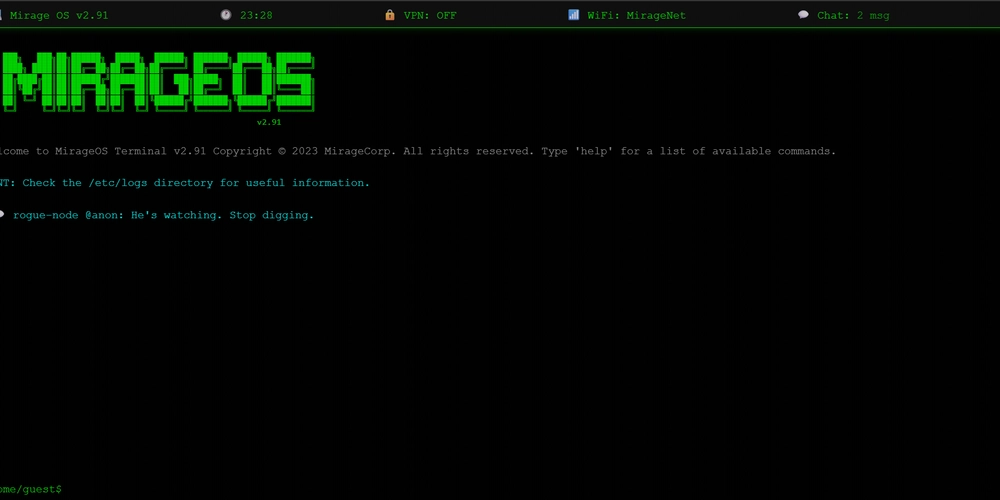
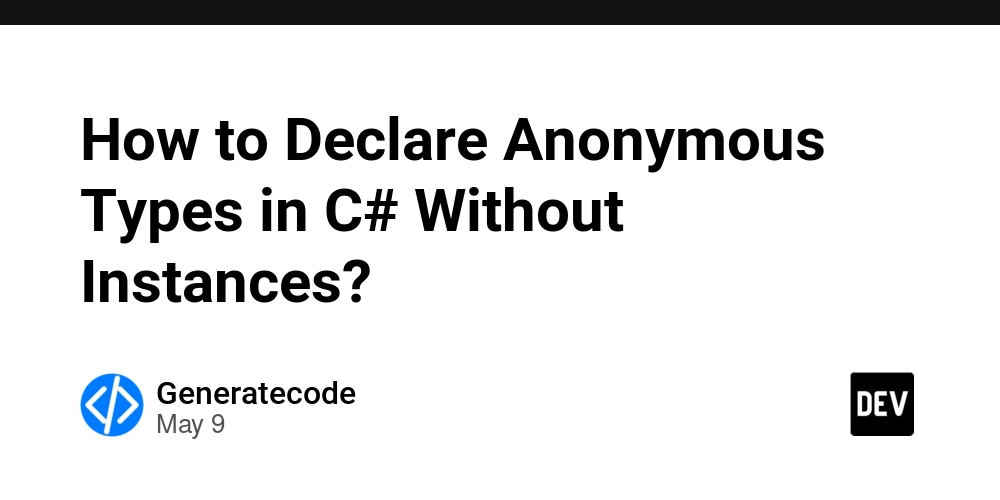















![Life in Startup Pivot Hell with Ex-Microsoft Lonewolf Engineer Sam Crombie [Podcast #171]](https://cdn.hashnode.com/res/hashnode/image/upload/v1746753508177/0cd57f66-fdb0-4972-b285-1443a7db39fc.png?#)














































![Fortnite's Item Shop Looks Very Different Right Now; It's Empty [Update]](https://www.gamespot.com/a/uploads/screen_medium/1632/16320660/4491278-4482869-fortnitegalacticempire.jpg?#)















.jpg?width=1920&height=1920&fit=bounds&quality=70&format=jpg&auto=webp#)
















































-Nintendo-Switch-2-Hands-On-Preview-Mario-Kart-World-Impressions-&-More!-00-10-30.png?width=1920&height=1920&fit=bounds&quality=70&format=jpg&auto=webp#)





























_Andrey_Khokhlov_Alamy.jpg?width=1280&auto=webp&quality=80&disable=upscale#)











































































































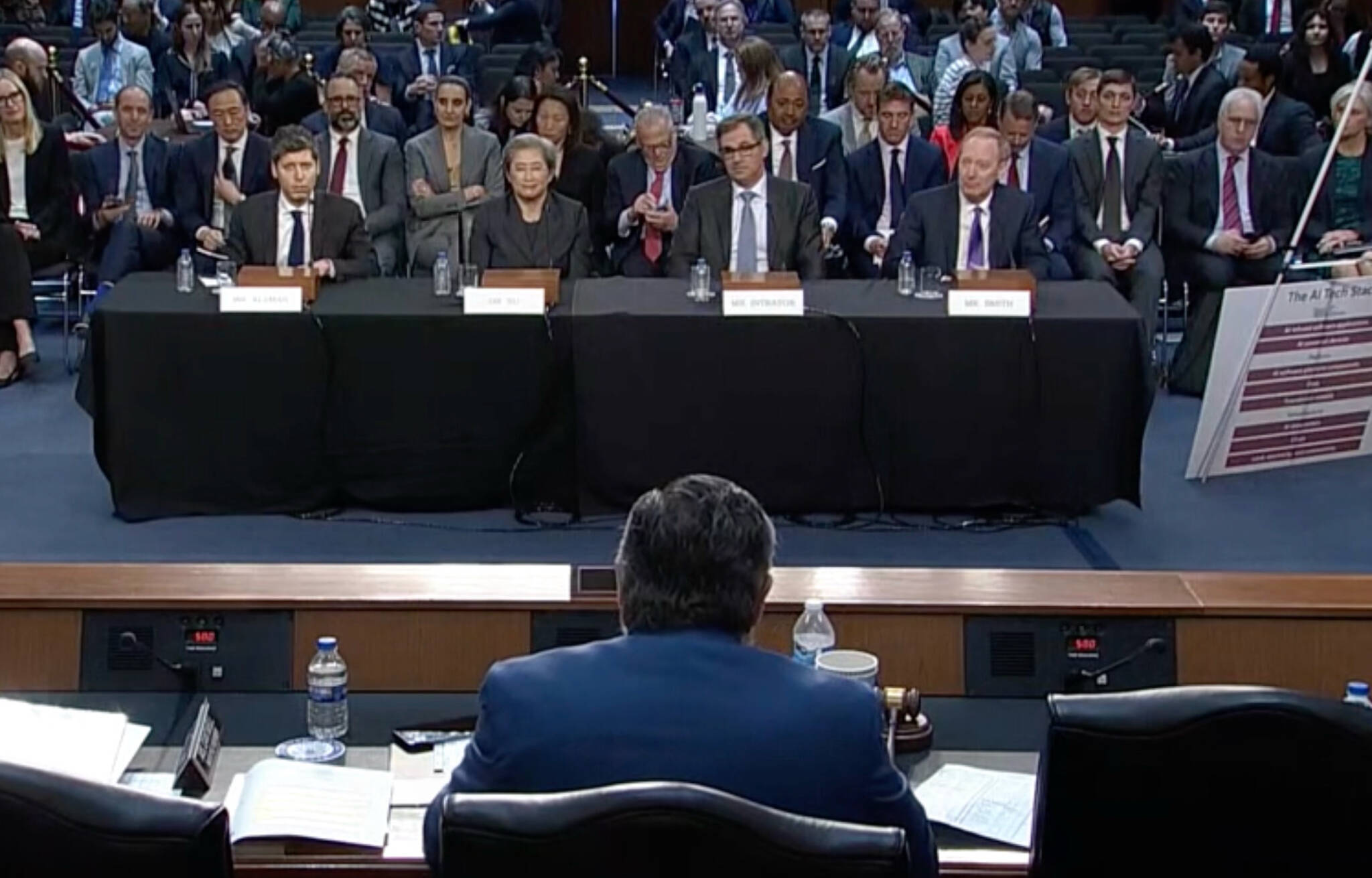
![New iPad 11 (A16) On Sale for Just $277.78! [Lowest Price Ever]](https://www.iclarified.com/images/news/97273/97273/97273-640.jpg)

![Apple Foldable iPhone to Feature New Display Tech, 19% Thinner Panel [Rumor]](https://www.iclarified.com/images/news/97271/97271/97271-640.jpg)
![Apple Developing New Chips for Smart Glasses, Macs, AI Servers [Report]](https://www.iclarified.com/images/news/97269/97269/97269-640.jpg)


















































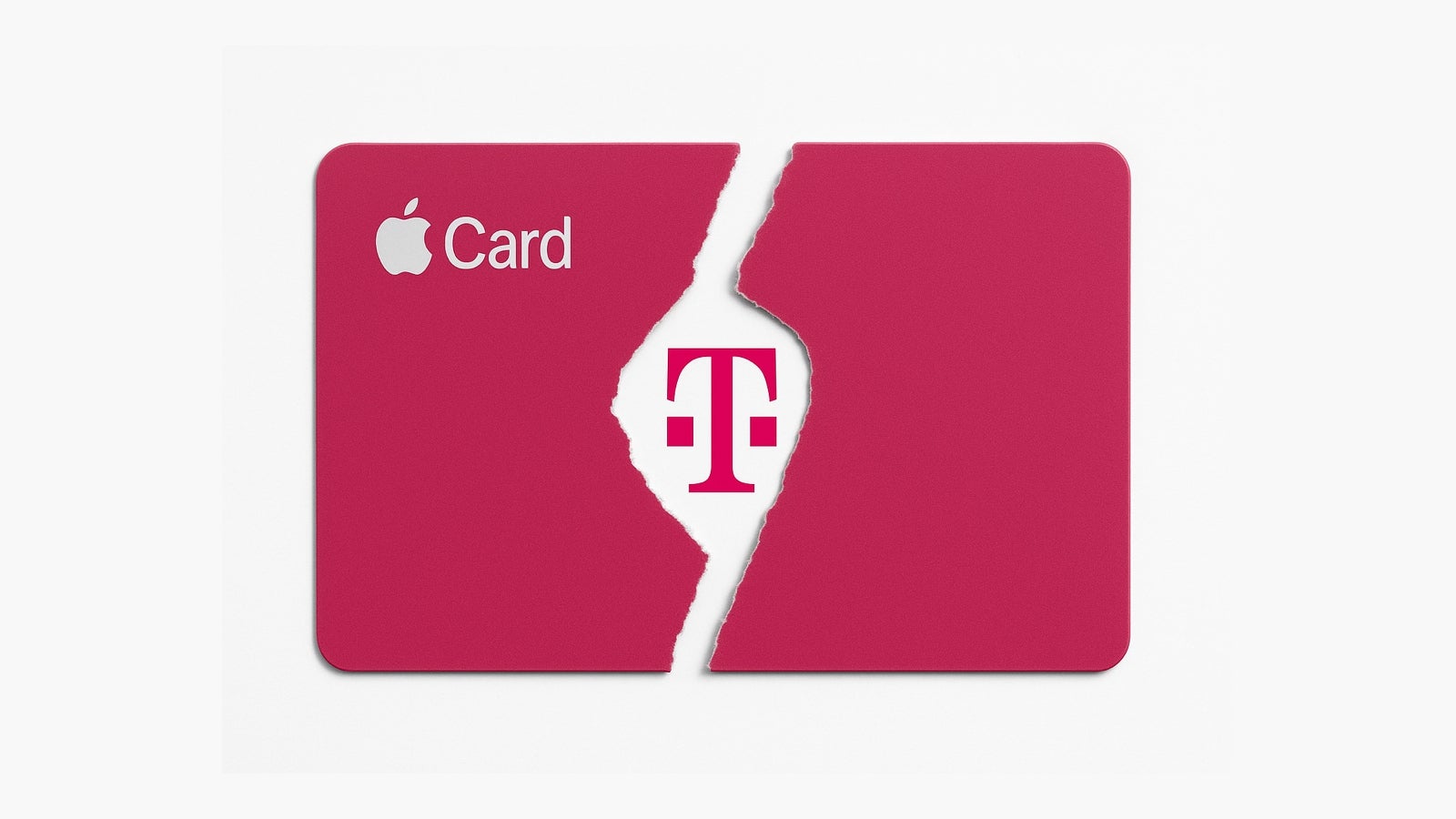




















![[Weekly funding roundup May 3-9] VC inflow into Indian startups touches new high](https://images.yourstory.com/cs/2/220356402d6d11e9aa979329348d4c3e/WeeklyFundingRoundupNewLogo1-1739546168054.jpg)

























